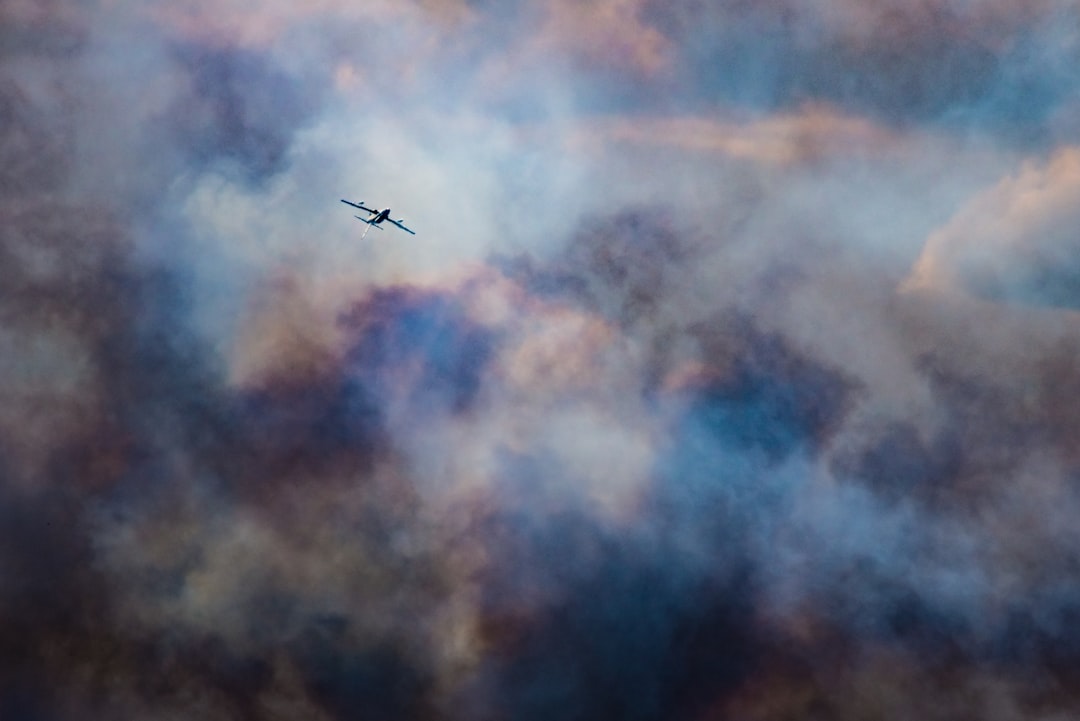What is it about?
We study the liquid flow under the ink meniscus in the nip between the rotating cylinders of a gravure printing press. Transport of the ink and wetting of surfaces is dominated by the extreme liquid compression and shear. The combination of hydrodynamical lubrication theory, numerical Galerkin simulation and experimental measurements on an industrial-scale printing press yield insight into the highly nonlinear fluid dynamics at the center point of the printing nip, and on the dynamical response and self-stabilizing ability of a printing process, operating under steady external perturbation.
Featured Image

Photo by Senad Palic on Unsplash
Why is it important?
Rotary printing techniques, such as gravure, have developed from graphical to "functional" applications. They are the industrial backbone of liquid-based surface valorization and structuring. Example are food packaging technology or printed electronics, where printing enables the fast, cost- and resource-efficient production of not only colorful finishing. Packages also receive functional capabilities which protect the sensitive goods against chemical and microbial contamination, degradation by humidity and UV radiation, and endow them with logistical communication add-ons which enable fast and reliable product distribution and quality control. Our vision is that printing develops to a key technology for safe nutrition and supply of a growing human population under the conditions of restricted natural resources.
Perspectives
It is important for me to strive off printing technology from its ancient "Gutenberg" flavor. Printing would not be what it is, if there was not that great history. Today we have scientific methods and tools that one never disposed of in the past five centuries, but also incredible options and challenges. Contemporary printing is rocket science. At least, it is that fascinating.
Hans Martin Sauer
Technical University Darmstadt, Germany
Read the Original
This page is a summary of: Pressure and shear flow singularities: fluid splitting and printing nip hydrodynamics, Physics of Fluids, March 2023, American Institute of Physics,
DOI: 10.1063/5.0139000.
You can read the full text:
Resources
Contributors
The following have contributed to this page










